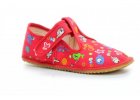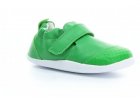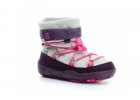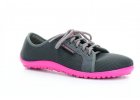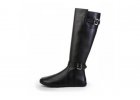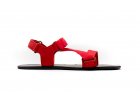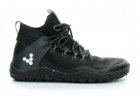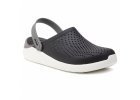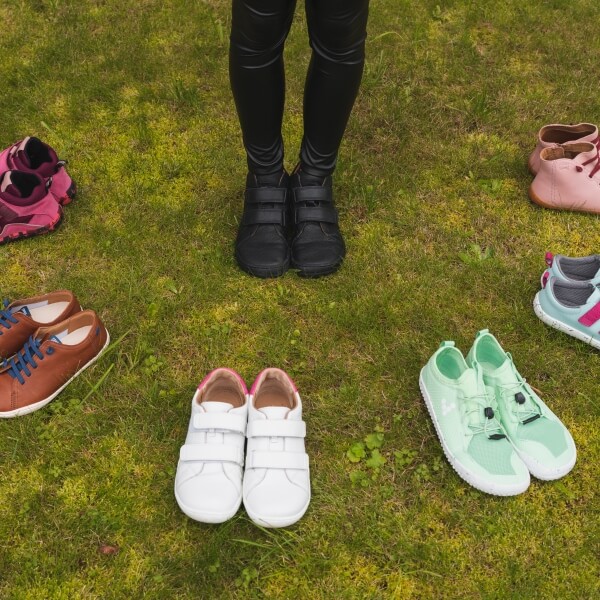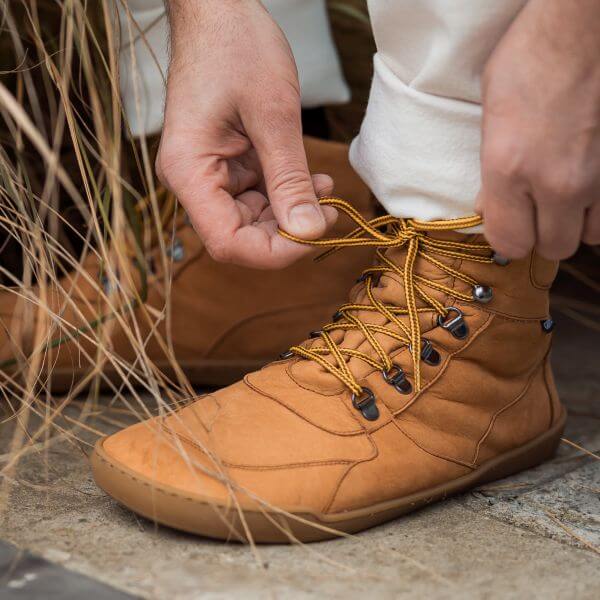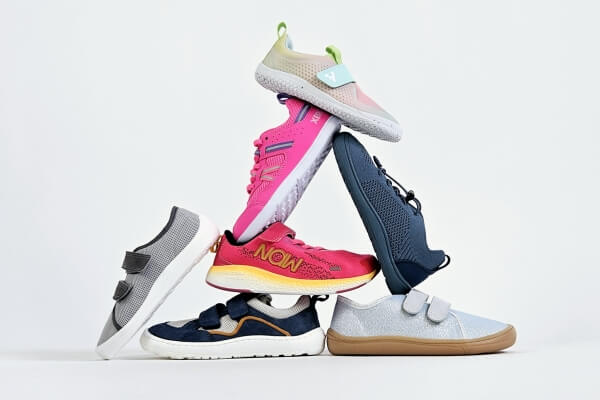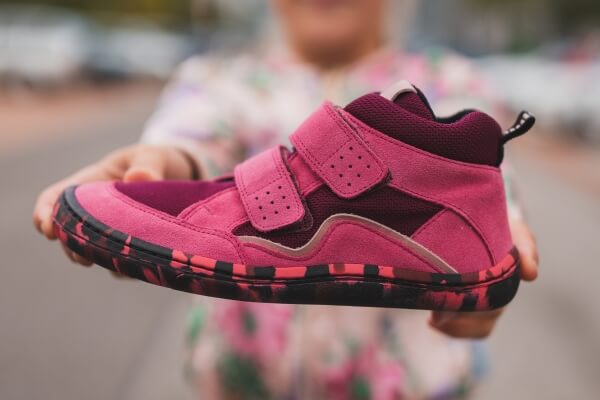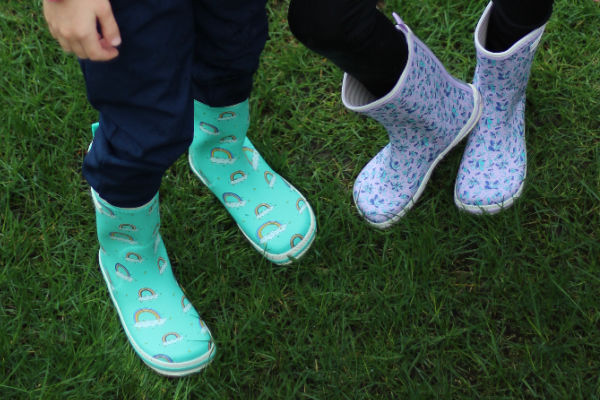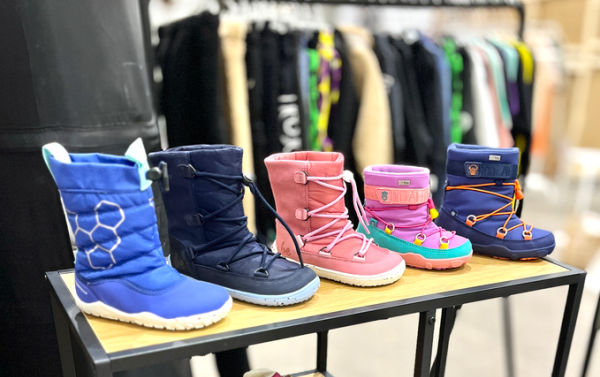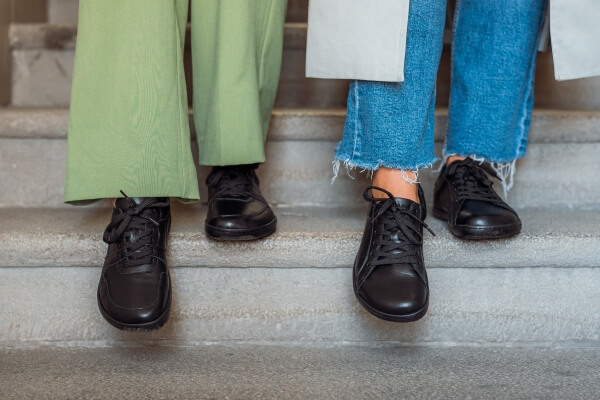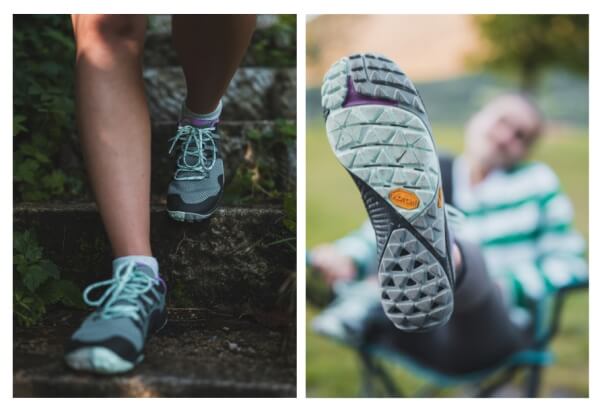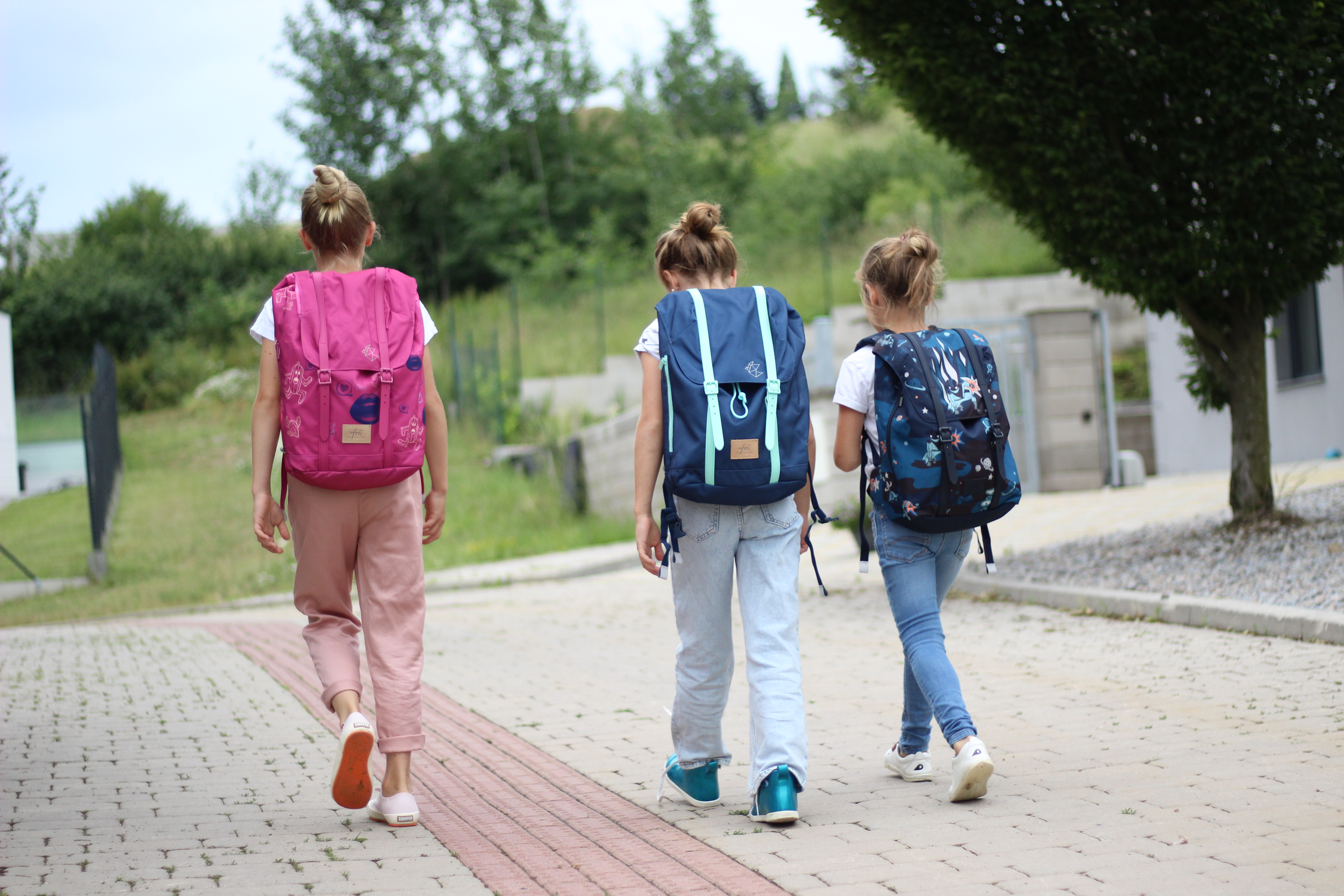Physiotherapist Sonia Barvenčíková from Fyzionožka discusses the differences between barefoot walking and walking in shoes from the perspective of the feet in this article.
Content of the article
Feet while walking
The human leg is made up of a large number of hard and soft parts. It consists of 26 bones that articulate at 33 joints and are connected by 107 ligaments. The function of the leg is influenced not only by the short muscles of the leg, but also by the muscles of the tibia, which attach to the leg and greatly influence the condition of the foot arch. The human foot has a supporting function, it carries the weight of the whole body, provides contact with the ground, enables movement, the more skilful among us, can use our feet to manipulate objects well.
Walking is the most natural human movement for which we are made. Walking allows us to move and relocate for almost any length of time, it does not exhaust us as much as a strenuous run. The human body is designed to walk barefoot, and most children are born with healthy feet, but due to various influences, foot problems appear at an earlier and younger age. Shoes serve to protect the feet from adverse temperatures or injury, but improper footwear limits our feet and their function.

Walking technique
When walking, there is a rhythmic movement of the lower limbs, with one always remaining in contact with the mat. The steps are constantly repeated in a step cycle.
The step cycle begins with heel contact with the mat and ends with the same-sided heel strike again. The foot changes its alignment during this cycle, the flexible structure becomes the rigid lever needed to rebound. In the step cycle, we distinguish between the standing and swing phases. Many movements occur in the foot during these phases. The feet therefore need suitable conditions for their movement.
The leg needs to be stable, have good cushioning, but also be able to bounce well and move the whole body forward. The leg performs two different movements when cushioning and rebounding. When cushioning the impact, it stretches (lengthens); when rebounding, on the other hand, it becomes rigid, stiff and shortens. The foot absorbs a large load as a shock absorber, then transfers the weight forward by rebound. If the chosen footwear is not ideal, the work of the foot may be limited or even hindered.
Walking barefoot
The feet are one of the proprioceptive areas through which we perceive the surface. This influences the alignment of other parts of the body, postural functions (posture, standing and locomotion).
Barefoot feet perceive the variety of terrain, its slope and surface. When moving barefoot, the feet follow the terrain and then force the whole body to react to changes in the surface. This adapts to the changing stimuli, stimulating the proprioceptors, which counteracts the flaccidity of the legs and feet. Barefoot walking contributes to better functioning and connection of the whole body.
When walking barefoot we need to work the feet correctly. If we are walking without shoes, it is advisable to slow down and take shorter steps. This avoids a hard impact on the heel. Furthermore, the emphasis is on the correct roll and subsequent rebound of the foot from the toe. All this hardens the feet and trains their sensitivity. The gait is overall more graceful, flexible and softer.

Walking in shoes
How does the footwork look like in classic conventional footwear? A foot wearing a shoe with a solid, thick sole is deprived of sufficient surface sensation and cannot adapt its shape to the terrain. We walk more awkwardly in sturdy shoes or tend to stomp and step on our heels. Some shoes are even so stiff and heavy that they are likened to ski boots.
If the shoe has a thick sole, it limits the perception of the surface and dampening occurs. We take longer strides that land in front of the body and often finish on the heel, there is no unwinding of the foot.
Shoes with a tapered toe pinch the toes together, the toe is deflected out of position and is not allowed to bounce properly. If the shoe also has a heel, the centre of gravity of the body and its entire alignment changes. The weight of the body is pushing on the front of the foot, the stance changes, we slouch, the feet soon start to hurt.
We often see adults buying the wrong size shoes, without oversize. The toes are cramped and oppressed in the shoe, not allowing the foot to be properly positioned and developed. Inappropriate sizing also causes problems with the skin, causing all sorts of redness, blisters or pressure sores. Tight footwear prevents the ankle from functioning properly and some individuals suffer from more frequent sprains and instability in the ankle area. By not strengthening the ankle area, injuries are more likely to occur.
Walking in barefoot shoes
Without shoes, we can better control the straightening of the body through perception through our feet. We concentrate better on walking and individual steps, we are more stable, we allow the body to work in the ankle area. The feet are not oppressed and can relax and unwind better.
We don't always have the opportunity to go completely shoeless and enjoy all the benefits of this movement. That's why today there is a huge variety of barefoot shoes, which try to imitate barefoot walking. This is made possible by their wide toe, flat and soft sole. However, you also need to observe the rules of correct movement in them.





